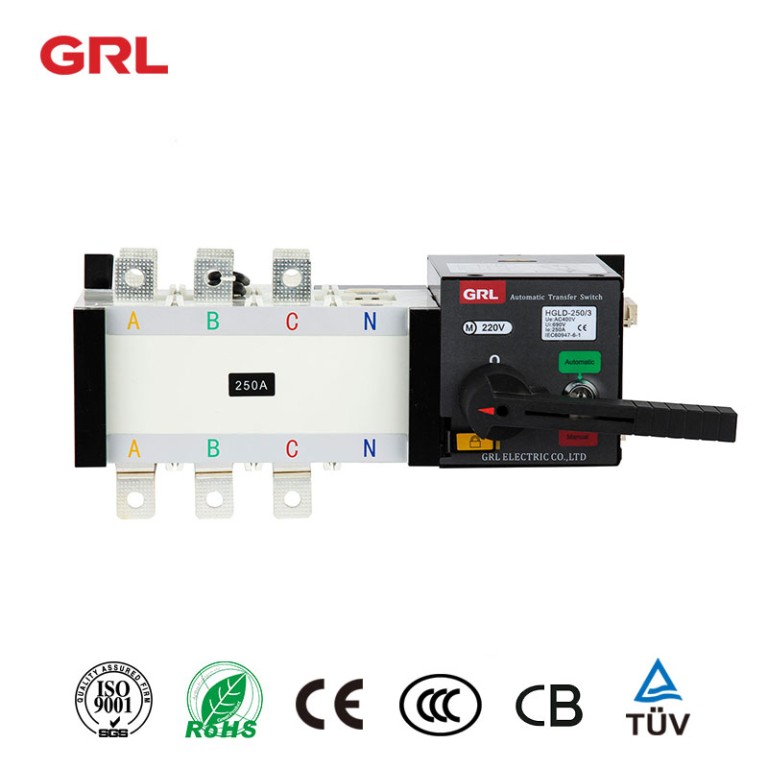Automatic Transfer Switch

# Automatic Transfer Switch: Ensuring Uninterrupted Power Supply
## What is an Automatic Transfer Switch?
An Automatic Transfer Switch (ATS) is a critical component in power management systems that automatically transfers electrical load between two power sources. This device plays a vital role in maintaining continuous power supply to essential equipment during power outages or when the primary power source fails.
## How Does an Automatic Transfer Switch Work?
The ATS constantly monitors the primary power source (typically utility power). When it detects a power failure or significant voltage fluctuation, it automatically:
1. Disconnects from the primary source
2. Starts the secondary source (usually a generator)
3. Transfers the load to the secondary source
4. Monitors the primary source for restoration
Once the primary power is restored, the ATS switches back automatically after a predetermined delay to ensure stable power.
## Types of Automatic Transfer Switches
### 1. Open Transition ATS
This type breaks contact with one power source before making contact with another, creating a brief interruption in power.
### 2. Closed Transition ATS
Also known as “make-before-break,” this type momentarily connects both power sources during transfer, eliminating power interruption.
### 3. Soft Load Transfer ATS
This advanced type gradually transfers load between sources, minimizing mechanical stress on equipment.
## Key Features of Modern ATS Systems
Keyword: Transfer Switch
– Fast response time (typically 1-10 seconds)
– Voltage and frequency monitoring
– Programmable time delays
– Load shedding capabilities
– Remote monitoring options
– Self-testing functionality
– Surge protection
## Applications of Automatic Transfer Switches
Automatic Transfer Switches are essential in various settings:
– Hospitals and healthcare facilities
– Data centers and server rooms
– Industrial manufacturing plants
– Commercial buildings
– Telecommunication facilities
– Emergency services
– Residential backup power systems
## Benefits of Using an ATS
1. Continuous power supply for critical operations
2. Protection against power fluctuations
3. Reduced downtime and increased productivity
4. Automatic operation eliminates human error
5. Extended equipment lifespan
6. Compliance with safety regulations
## Choosing the Right Automatic Transfer Switch
When selecting an ATS, consider these factors:
– Electrical load requirements
– Transfer time needs
– Number of power sources
– Environmental conditions
– Future expansion possibilities
– Maintenance requirements
– Budget constraints
## Maintenance and Safety Considerations
Regular maintenance is crucial for optimal ATS performance:
– Perform periodic testing
– Keep contacts clean
– Check for proper lubrication
– Verify control settings
– Inspect for signs of wear
– Ensure proper ventilation
Always follow manufacturer guidelines and consult with qualified electricians for installation and maintenance.
## The Future of Automatic Transfer Switches
With increasing reliance on uninterrupted power, ATS technology continues to evolve:
– Integration with smart grid systems
– Advanced monitoring through IoT
– Improved energy efficiency
– Smaller, more compact designs
– Enhanced cybersecurity features
Automatic Transfer Switches remain a fundamental component in modern power management, ensuring reliability and continuity in an increasingly power-dependent world.